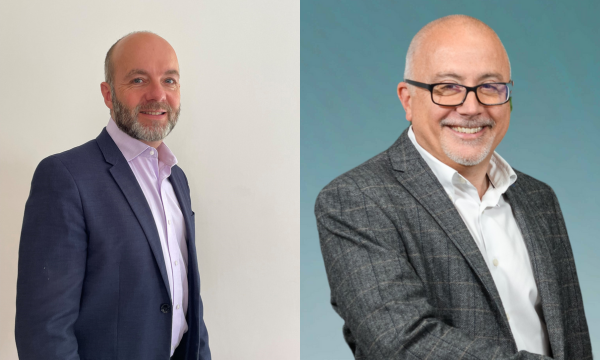The launch of Media Cymru gave birth to a five year programme focused on making CCR a global hub of innovation. But what is the vision – and who are the team – behind it?
As part of our special series celebrating this unique Consortium, we spoke with Professor Sara Pepper about a journey that has seen her shape strategy and lead operations as Director of Creative Economy at Cardiff University, COO of Clwstwr – and now putting Media Cymru on the world stage…
“I guess you could call me a hybrid as I’ve worked both in the creative industry – in live performance and events – as well as in academia, across the UK and internationally.
Over time, I’ve come to realise how important academia is as a great connector of ideas, people and opportunities, forming one part of what is called the Quadruple Helix, made up of industry, academia, policy and, of course, the public.
Media Cymru informs at least three quarters of that helix. We play the part of the convenor, which may not sound terribly sexy, but is crucial: a glue that brings together many different parts; and a catalyst that enhances every one of those parts.
That role is particularly important here in Wales, because the strength of our creative cluster is the cluster itself – so enabling and empowering every member of our community is the key to greater success.
Capturing a moment in time, at a time like no other
And all of this comes at a time like no other, with the creative and cultural industries dealing with ongoing digital disruption and post-pandemic fall outs, not to mention political and social upheaval.
So, Media Cymru has arrived at a moment when ‘collaboration’ is a priceless asset, when the key questions are ‘how can we give different ideas a platform’ and ‘how can we give everyone a voice?’ We are here to address that, and much more – as a collaboration, fusing the energy and creativity from many different perspectives and a wide range of enterprises.
The Media Cymru Consortium members themselves are highly diverse, bringing together the creative pedigree of BBC, Boom Cymru, Cardiff Productions, Channel 4, Dragon DI, Ffilm Cymru Wales, Gorilla TV, Great Point Media, Nimble Dragon, Rondo Media, S4C, Unquiet Media and Wales Interactive.
Add to that the intellectual prowess of Cardiff Metropolitan University, Cardiff University and the University of South Wales … the professional expertise of Alacrity Foundation, Object Matrix, Rescape Innovation and TownSq … and the support of Cardiff Council, the nine other unitary authorities of Cardiff Capital Region and the weight of the Welsh Government … and you have all the ingredients to develop a world-leading hub for innovation across TV, film and the wider media industry in Wales.
A strategic Consortium fit for action
Our Consortium members are already in action to help achieve the Media Cymru vision. Researchers at University of South Wales are carrying out the Wales Screen Workforce Survey – the country’s first nationwide survey to assess the skills and training needs of people working across film and TV, games, animation, VFX and post-production, with the aim of building a broad and inclusive talent base for the future.
Ffilm Cymru Wales are using Media Cymru funding to provide solutions to the green challenges faced by the screen industry, through the Green Cymru project that will support the scale-up of sustainable products, services and processes.
And production companies Boom Cymru and Rondo are collaborating on the Breaking Socioeconomic Barriers project, using their funding to research the barriers to socioeconomic diversity in the film and TV industries, preparing a report and recommendations on how we can overcome those barriers by engaging directly with schools, colleges and underrepresented communities.
The message is clear. We’re already on the road to becoming a global leader in media innovation. It’s a journey that will lead to greater economic return and opportunity for the whole of Southeast Wales – a region that covers Blaenau Gwent, Bridgend, Cardiff, Caerphilly, Merthyr Tydfil, Monmouthshire, Newport, Rhondda Cynon Taff, Torfaen and the Vale of Glamorgan.
This is for everyone, in so many senses – and I’m looking forward to pushing the programme forward in the most positive ways possible.





















